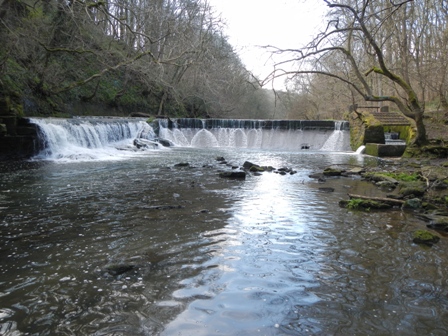Pont and Blyth Project
Survey results for the River Pont and Blyth system in Northumberland have shown many areas of the catchment currently hold lower densities of fish and invertebrates than should be expected. Consequently, many areas fail to meet standards set under the Water Framework Directive (WFD). This prompted development of a project involving the Environment Agency, Northumberland Wildlife Trust and Wild Trout Trust,

to investigate and identify issues like over-grazing, bank erosion, barriers to fish migration and lack of aerial cover that could be contributing to the failure.
As part of the project the Wild Trout Trust was commissioned to undertake walkover surveys on many of the waterbodies to identify and assess the issues affecting fish population. The data gathered is used to produce advisory reports for the waterbodies, with recommendations for how to address the issues and improve habitat. The recommendations will then be taken forward to the project implementation stage by Northumberland Wildlife Trust, who will manage projects for improvements such as, buffer fencing, tree planting and installation of flow deflectors.

The walkover surveys revealed that much of the catchment is subject to significant straightening and dredging, which has left the channel over deep and lacking in natural bed substrate, with little opportunity for spawning (above). Other significant issues encountered include excessive sedimentation of the watercourse and barriers to fish migration, with two significant barriers towards the lower end of the catchment limiting the upstream migration of both river resident and migratory fish stocks (right).
Wild Trout Trust contact: Gareth Pedley